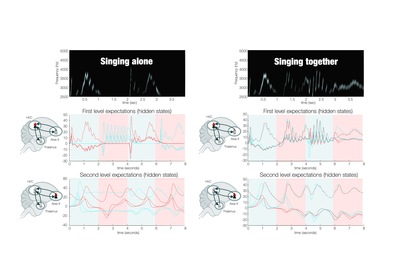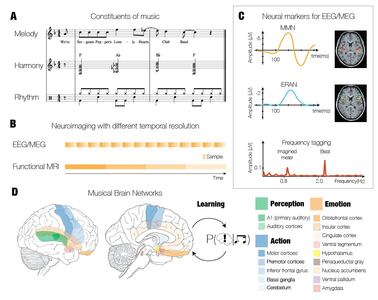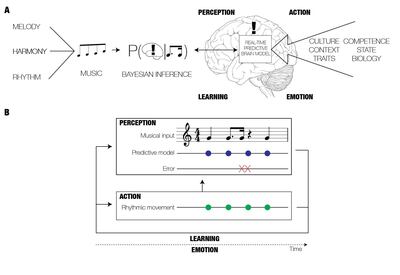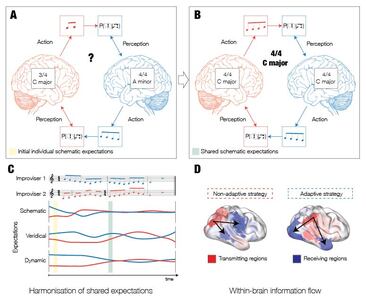Vuust, Peter;
Heggli, Ole A;
Friston, Karl J;
Kringelback, Morten L;
(2022)
Music in the brain.
Nature Reviews Neuroscience
, 23
(5)
pp. 287-305.
10.1038/s41583-022-00578-5.

![[thumbnail of BoxFigure_rev2-01.jpg]](https://discovery.ucl.ac.uk/10148463/2.hassmallThumbnailVersion/BoxFigure_rev2-01.jpg)  Preview |
Text
BoxFigure_rev2-01.jpg - Other Download (120kB) | Preview |
![[thumbnail of Box2_rev2.jpg]](https://discovery.ucl.ac.uk/10148463/3.hassmallThumbnailVersion/Box2_rev2.jpg)  Preview |
Text
Box2_rev2.jpg - Accepted Version Download (538kB) | Preview |
![[thumbnail of Figure1_rev2-01.jpg]](https://discovery.ucl.ac.uk/10148463/4.hassmallThumbnailVersion/Figure1_rev2-01.jpg)  Preview |
Text
Figure1_rev2-01.jpg - Other Download (176kB) | Preview |
![[thumbnail of Figure2_rev2-01.jpg]](https://discovery.ucl.ac.uk/10148463/5.hassmallThumbnailVersion/Figure2_rev2-01.jpg)  Preview |
Text
Figure2_rev2-01.jpg - Other Download (126kB) | Preview |
![[thumbnail of Figure4.jpg]](https://discovery.ucl.ac.uk/10148463/6.hassmallThumbnailVersion/Figure4.jpg)  Preview |
Text
Figure4.jpg - Other Download (161kB) | Preview |
![[thumbnail of Figure5_rev2-01.jpg]](https://discovery.ucl.ac.uk/10148463/7.hassmallThumbnailVersion/Figure5_rev2-01.jpg)  Preview |
Text
Figure5_rev2-01.jpg - Other Download (110kB) | Preview |
Preview |
Text
Friston_Vuust_et_al_NRN.pdf Download (388kB) | Preview |
Abstract
Music is ubiquitous across human cultures — as a source of affective and pleasurable experience, moving us both physically and emotionally — and learning to play music shapes both brain structure and brain function. Music processing in the brain — namely, the perception of melody, harmony and rhythm — has traditionally been studied as an auditory phenomenon using passive listening paradigms. However, when listening to music, we actively generate predictions about what is likely to happen next. This enactive aspect has led to a more comprehensive understanding of music processing involving brain structures implicated in action, emotion and learning. Here we review the cognitive neuroscience literature of music perception. We show that music perception, action, emotion and learning all rest on the human brain’s fundamental capacity for prediction — as formulated by the predictive coding of music model. This Review elucidates how this formulation of music perception and expertise in individuals can be extended to account for the dynamics and underlying brain mechanisms of collective music making. This in turn has important implications for human creativity as evinced by music improvisation. These recent advances shed new light on what makes music meaningful from a neuroscientific perspective.
| Type: | Article |
|---|---|
| Title: | Music in the brain |
| Location: | England |
| Open access status: | An open access version is available from UCL Discovery |
| DOI: | 10.1038/s41583-022-00578-5 |
| Publisher version: | https://doi.org/10.1038/s41583-022-00578-5 |
| Language: | English |
| Additional information: | This version is the author accepted manuscript. For information on re-use, please refer to the publisher’s terms and conditions. |
| Keywords: | Science & Technology, Life Sciences & Biomedicine, Neurosciences, Neurosciences & Neurology, INCREASED FUNCTIONAL CONNECTIVITY, VOXEL-BASED MORPHOMETRY, SENSORIMOTOR SYNCHRONIZATION, NEURONAL ENTRAINMENT, BEAT PERCEPTION, AUDITORY-CORTEX, PITCH HEIGHT, BROCAS AREA, RHYTHM, RESPONSES |
| UCL classification: | UCL > Provost and Vice Provost Offices > School of Life and Medical Sciences > Faculty of Brain Sciences UCL > Provost and Vice Provost Offices > School of Life and Medical Sciences > Faculty of Brain Sciences > UCL Queen Square Institute of Neurology > Imaging Neuroscience UCL > Provost and Vice Provost Offices > School of Life and Medical Sciences UCL UCL > Provost and Vice Provost Offices > School of Life and Medical Sciences > Faculty of Brain Sciences > UCL Queen Square Institute of Neurology |
| URI: | https://discovery.ucl.ac.uk/id/eprint/10148463 |
Archive Staff Only
 |
View Item |


